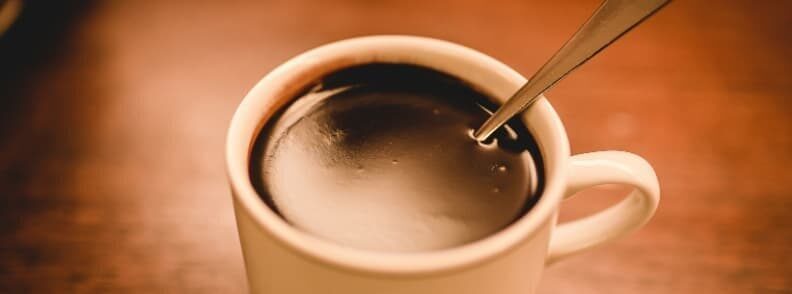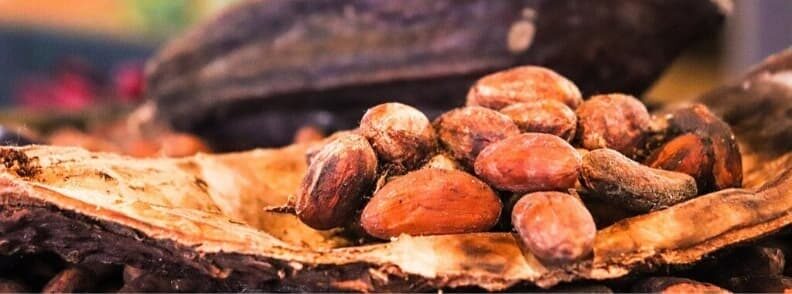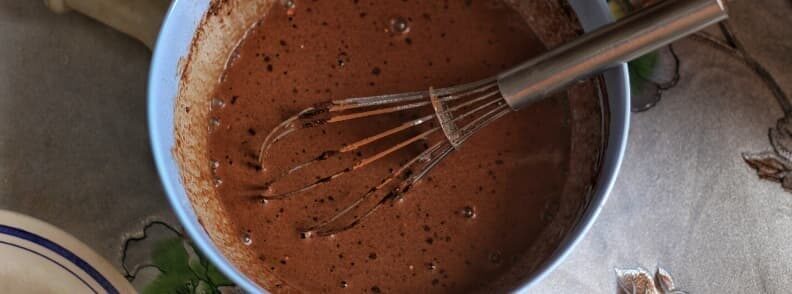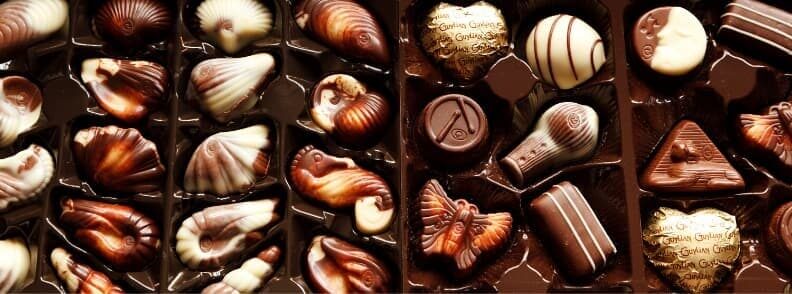We know that chocolate is addictive. We know it might be fattening because it contains a lot of sugar. Does that stop us? Of course, it’s not! Chocolate is the favorite addiction of both old and young and you will find almost any kind of chocolate to please even the most pretentious of us. However, ask foodie travelers where the best chocolate in the world comes from and most will tell you that Belgian chocolate is among the finest, if not the greatest out there!
Belgian chocolate, as we know it today, originated in the 19th century. However, chocolate itself has been present in Belgium for about three centuries. There are several big brands of Belgian chocolate today, including Guylian, Côte d’Or, and exquisite Godiva chocolates. Even Leonidas, which is considered to be the cheapest out of all the major brands of Belgian chocolate, has a vast following worldwide.
Belgian Chocolate History
This can be due to the quality of Belgian chocolate, but also to the variety available. Unlike many other types that stick to common combinations of caramel, raisins, and a few kinds of nuts, Belgian chocolate comes in almost every possible combination.
Just go to any major brand’s online catalog. You’ll find the famous Belgian chocolate truffle, nuts, pralines, candy, white chocolate, and many more. If you can’t find anything you want, you just aren’t as in love with chocolate as you may think!
The melt-in-your-mouth consistency of Belgian chocolate has made it a favorite for use in chocolate fountains. It is the new craze for parties, weddings, and several other social events. Chocolate fountains are simply chocolate heating machines, which are then carried vertically before flowing over a waterfall. Belgian chocolate is typically high in cocoa butter, giving it a naturally wonderful consistency recommended for chocolate fountains.

From Xocolat to Belgian chocolate
The Theobroma Cacao, or the food of the Gods, is what we all know as the cocoa tree. Its origins can be traced back to the rainforests of America. This tree was first grown by the Mayans in 300 AD. And the Aztecs had their chance to cultivate it in 1100 AD.
However, they didn’t turn it into candy bars back then. Instead, they brewed the powder in a similar way to how we are making coffee nowadays. This special drink called Xocolat was also made with chilies, anise seeds, vanilla, cornmeal, and a few other spices.
Served in single-use gold cups, only the wealthy could enjoy Xocolat, while the common man could only dream about this delicacy.
Europeans discover chocolate
It is said that Columbus intercepted a shipload of coconut beans, and allegedly ordered the cargo to be destroyed because it was nothing but sheep’s droppings. Luckily, he amended his error and returned the first shipment of coconut beans to Spain when he returned from America. But nothing much about coconut or chocolate could be heard for quite some time until some Spanish monks discovered the taste of crushed coconut beans in the form of a hot drink.
The expense of importing cocoa limited the enjoying of chocolate only to the rich and it soon became a status symbol among the Spaniards.
It takes chocolate 100 years to find its way over the rest of Europe. Chocolate Houses opened all over the continent, still offering the treat to a very wealthy clientele.
Grinding the roasted coconut bean was a costly labor-oriented affair. However, the Industrial Revolution helped mechanize coconut grinders, leading to a dramatic drop in the price of ground coconut, the mother of all chocolates.
Chocolate crosses the Atlantic
At the end of the 1700s, chocolate was sold in the form of cakes, rolls, and sundried chocolate-coated pastries and desserts. All these delicious sweets were sold in the Chocolate Houses mentioned above and also cooked in the homes of the wealthy by their servants.
Back across the Atlantic, the business that began the process of mass-producing chocolate was called Bakers Chocolate Company. This was about ten years before the American Revolutionary War broke out, in 1775.
Chocolate becomes popular
No other condiment in modern memory has been as popular as chocolate. Some also thought that it contained medicinal qualities and that one of the reasons behind the success of Bakers Chocolate Company was that its products had therapeutic properties.
A process known as Dutching was invented in Amsterdam. The Dutch-process chocolate involves the extraction of the cocoa butter from the chocolate, resulting in a smoother texture of the still-popular beverage.
The birth of chocolate candy
It wasn’t until the middle of the 1800s that chocolate could be produced in a molded form and the chocolate bar was born. If the Dutch chocolate was sweetened and then added back into the cocoa butter, it became a delicious sweet that could be molded. With the birth of the candy bar in chocolate production, soon came milk-chocolate candy and Swiss chocolate.
Valentine’s Day was already a popular day, but when Cadbury came out with a heart-shaped chocolate box, it turned into a great success. Today we know what an important moment it was in the history of chocolate!
Chocolate in the modern day
From the day chocolate set its foot on American soil, people fell for it, creating thousands of goodies with chocolate as the main ingredient. Enthusiasm soared so high that a Belgian confectioner founded the Godiva Chocolatier in Brussels, back in 1926, and the company is still growing strong today!

What does it take to make chocolate?
Chocolate producers worldwide get their cocoa beans mostly from Ghana and the Ivory Coast, but also from other countries in South Africa and South America.
The reason why there is such an abundance of chocolate produced worldwide is that the cacao tree produces pods all year long. These pods are of thee varieties, each with its own distinctive taste: Forastero, Criollo, and Trinitario. Among the three, Forastero is the most abundant. Criollo, on the other hand, is very rare, and Trinitario is a hybrid of the other two.
The harvesting of cocoa pods is usually done by hand, using machetes. Farmers need to break the pods in order to get to the cocoa beans. Afterward, the pulp and the beans are scraped from the inside of the pods and left to ferment in baskets for 2 to 8 days.
Fermentation is important. Without it, the beans inside are too bitter to enjoy. After this step, the contents are spread over a single layer to dry, usually under direct sunlight. Then, they are packed and shipped.
Now that you understand what the farmers do, it’s time to see what happens after the cocoa beans reach the producers.
When the beans enter the plant, they are roasted and then placed in a winnower. This tool removes the cocoa bean’s shell, leaving the nibs that are used to produce the chocolate. This then gets ground and turned into a rich, thick paste called chocolate liquor.
The chocolate liquor then undergoes another procedure to remove the cocoa butter, resulting in an end-product known as cocoa press-cake or cocoa powder. This is when the manufacturers determine what kind of chocolate they want to make.
If the cocoa powder is of poor quality, it will be mixed with other ingredients such as vegetable fats, sugar, and artificial flavorings. However, if they obtained high-quality cocoa powder, it will be added again to the chocolate liquor with ingredients such as milk, sugar, and vanilla before it is moved to a conching system.
Conching is the final step in giving the chocolate its ultimate texture and flavor. The pace, temperature, and duration of this process have a lot to do with the final taste of the chocolate. The process also helps eliminate any acidic tones.
The Belgian chocolate is then moved in a huge machine that pours chocolate into a mold that is then frozen. After that, the bars are packed and ready to be delivered to the customer.
Now that you know what it takes to make the delicious Belgian chocolate, you will come to truly appreciate it when you go to a store and buy some from home. Some Belgian chocolates are inexpensive and some are costly. It all comes down to what kind of cocoa tree was used to obtain the beans and the manufacturing process.
Save the chocolate!
The cocoa tree is sensitive to its surroundings. It is most likely to grow in the shades made by the rainforest’s canopy. For this reason, chocolate lovers must unite in order to save the rainforests where cocoa is most likely to survive!

Belgian chocolate in cooking
Belgian chocolate must be kept in a cool, dry place, away from heat or direct sunlight. Many chocolates can be kept for around a year. When stored in a refrigerator or freezer, your Belgium chocolate may last longer, but you should wrap it carefully it, because it may pick up flavors from other foods.
When you use chocolate in your desserts, you need to be mindful that it shouldn’t be melted over direct heat. The only exception is when it is melted with other ingredients, and the heat needs to be very low when you do so.
For easy melting of Belgian chocolate, start by breaking it into smaller equal-sized pieces (chunks) of chocolate and place it in a heat-proof bowl or jar. Then place the bowl or pot over a pot with hot water, making sure the base of the bowl is not in direct contact with the boiling water. When the chocolate begins to melt, stir it gently. Make sure no drops of water or steam come into direct contact with the molten chocolate.
Once your Belgian chocolate is melted, you can use it to make everything from chocolate cookies to cakes and delicious decorations. Keep in mind that chocolate will set best at 18.5ºC, even though it can set at a slower pace in slightly warmer environments, too.
Finally, be careful when you place chocolate in the refrigerator, particularly after the melting process. It can develop a white bloom at the surface.
Types of Belgian chocolate used in desserts
Even though you pair your cup of coffee with a chocolate cookie or other chocolate treats or you regularly order a hot chocolate drink, you may not consider yourself a chocoholic, but you’re definitely a fan. And, while chocolate may not be your first preference when it comes to dessert, you should still be familiar with its key types, just in case you are asked if you prefer white chocolate over chocolate ice cream with Belgian pralines.
Dark chocolate
Dark chocolate can contain between 30% and 75% of cocoa solids. It has a slightly sweet taste and a dark color and it is the sort of chocolate that is most frequently used in cooking.
Dark chocolate with a higher solid cocoa content will offer a richer, more intense taste. This Belgian chocolate is also referred to as luxury or continental chocolate and has a solid cocoa content of between 70% and 75%.
Milk chocolate
Milk chocolate, as the name implies, contains milk. It has a lovely smoothness, and a mild, sweet flavor. It is more often eaten as-is and rarely used in cooking. However, it does have its place in chocolate cookery, particularly for chocolate decorations or when a creamy flavor is needed.
White chocolate
White chocolate contains lower amounts of peanut butter and cocoa solids. It can be very temperamental when used for cooking. White chocolate is also useful for contrasting colors in decorations, producing a dramatic effect when put over darker backgrounds.
Couverture
Couverture is the ideal chocolate for professional use since it preserves its high gloss even after melting and cooling. It’s usually available from specialist suppliers. However, in the event that you find it in a store, it will normally be more expensive than standard milk chocolate.
Chocolate glace
Chocolate glace is a chocolate-flavored cake covering that is considered an inferior product, so it’s not commonly used by real chocolate lovers. This Belgian chocolate has a high fat component, which does make it easier to manage when making some decorations, such as curls or caraque.
Chocolate chips
Chocolate chips are sold in dark, milk, and white chocolate varieties. They are used mainly for baking and decoration purposes.
Cocoa powder
Cocoa powder is the powder left behind after the cocoa butter has been pressed from the roasted and ground beans. It has unsweetened, and therefore it has a bitter taste. It offers a good, rich taste of chocolate when used for cooking.
Some scientists claim today that chocolate has some medicinal benefits. Although this is very great news for chocolate lovers, I think we’re going to keep eating chocolate with or without health benefits, be it the famous Belgian chocolate or some other type, and love it anyway!
About the author

Mirela Letailleur is a Romanian travel blogger living in the South of France. She writes on The Travel Bunny travel blog about affordable travel in Europe, creator of unique free travel guides, local travel expert. Problem solver. Wannabe coffee guru.
Other travel articles you should read on The Travel Bunny blog
What to eat in Brussels, Belgium
Day trip to Bruges with Belgium chocolate & beer
Europe’s best food adventure holidays

